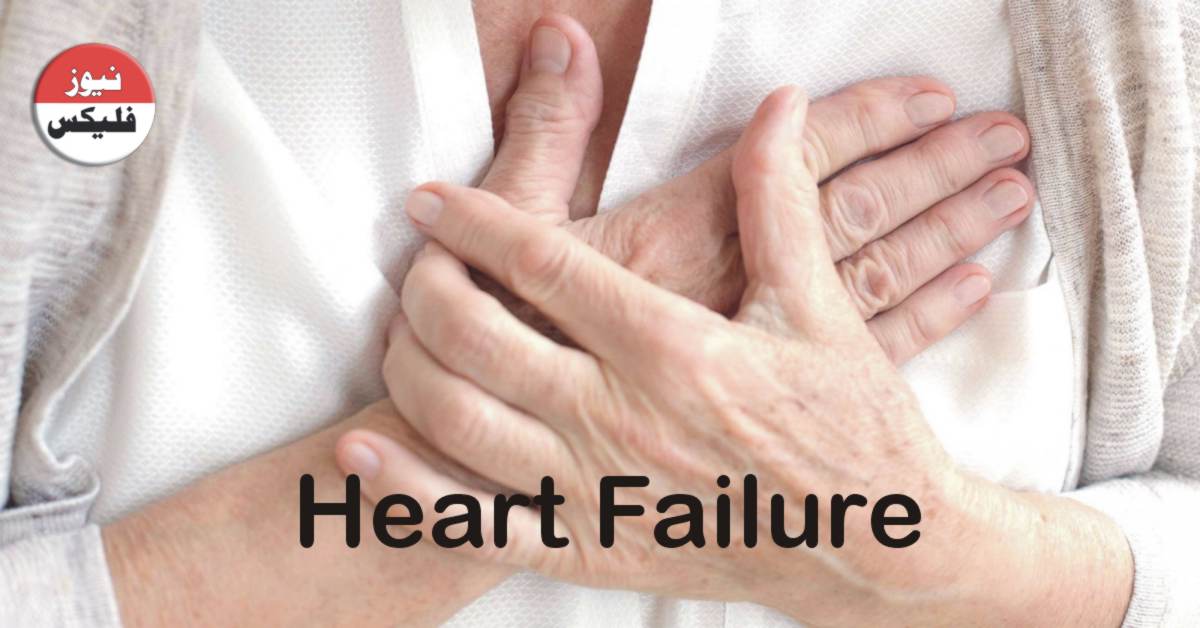
.HEART FAILURE
Heart failure generally is refer to as congestive heart failur (CHF). CHF is the common end point for many forms of cardiac disease. And typically is a progressive condition that carries an extremely poor prognosis. In the United state alone nearly 5 million persons are affected resulting in more than 1 million hospitalizations. And 300,000 deaths each year with a financial burden in excess of $18 billion.
Most cases of heart failure are due to systolic dysfunction-inadequate myocardial contractile functio. characteristically a consequence of ischemic heart disease or hypertension. Alternatively, CHF also can result form diastolic dysfunction-inability of the heart. To adequately relax and fill such as in massive left ventricular hypertro-phy, myocardial fibrosis, amyloid deposition,or constric-five pericarditis. Indeed, heart failure in elderly persons, diabetic patient, and woman may be more commonly attributable to diastolic dysfunction. Various studies suggest that 40-60% of cases of CHF may be due to dia-stolic dysfunctio.Finally, heart failure also can be caused by valve dysfunction (e.g due to endocarditis) or can occur in normal hearts suddenly burdened with an abnor-mal load(e.g with fluid or pressure overload).
CHF accurs when the heart cannot generate sufficient output to meet the metabolic demands of the tissues or can only do so at higher than normal filling pressures in a minority of cases heart failure can be consequence of greatly increased tissues demands as in hyperthyroidism or poor oxygen carrying capacity as in anemia( high output failure) CHF onset can be abrupt as in the setting of a large myocardial infarct nor acute valve dysfunction. In many cases however CHF develops gradually and insidiously owing to the cumulative effects of chronic work overload owing to the cumulative effects of chronic work overload or progressive loss of myocardium.
In CHF the failing heart can no longer efficiently pump the blood delivered to it by the venous circulation. the result is an increased end-diastolic ventricular volume, leading to increasd end-diastolic pressure and finall, elevated venous pressure. Thus, inadequate cardiac output call forward failure is most always accompany by increase congestion of the venous circulation that is backward failure. As a consequence ,although the root problem in CHF typically is deficient cardiac function, virtually every other organ is eventually affect by some combination of forward and backward failure.
Video by:Nucleus Media
The cardiovascular system attempts to compensate for reduced myocardial contractility or increased hemody-namic burden through several homeostatic mechanisms.The frank-Starling mechanism. Increased end-diastolic filling volumes dilate the heart and cause increased cardiac myofiber stretching .These lengthened fibers con-tract more forcibly, thereby increasing cardiac output. if the dilated ventricle is able to maintain cardiac output by this means. The patient is said to be in compensate heart failur. Howeve, ventricular dilation comes at the expense of increased wall tension and amplifiers the oxygen requirements of on already-compromised myo-cardium. With time, the failing muscle is no longer able to propel sufficient blood. To meet the needs of the body and the patient develops decompensated heart failur.
Activation of neurohumoral system:
Release of the neurotransmitter norepinephrine by the autonomic nervous system increases heart rate. And augments myocardial contractility and vascular resistance. Activation of the renin-angiotensin-aldosterone system spurs water and salt retention( augmenting circulatory volume) and increase vascular tone. Release of atrial natriuretic peptide acts to balance. The renin angiotensin aldosterone system through and vascular smooth muscle relaxation.
Myocardial structural change:
Including augmented muscle mass. Cardiac myocytes cannot poliferate yet can adopt to increased workloads by assembling increased numbers of sacromeres a change that is accompanied by myocyte enlargement.In pressure overload States New sarcomeres tend to be and it is parallel to the long axis of the myocytes and sent to existing sarcomeres. The growing muscle fibre diameter the results in concentric hypertrophy the ventricular wall thickness increases without an increase in the size of the chamber.In volume overload States the new sarcomeres are added in series with existing cell so that the muscle fibre length increases consequently the ventricle tends to dilate and the resulting wall thickness can be increased normal or decreased that heart weight rather than wall thickness is the best measure of hypertrophied in volume overload it hearts.
Compensatory hypertrophy come at a cost to the Mayocite. The oxygen requirements of hypertrophic myocardium are amplified going to increase myocardial cell mass. Because the myocardial capillary method does not expand in step with the increased myocardial oxygen demand. The myocardium become vulnerable to stomach injury .Hypertrophy also typically is associate with altere pattern to of gene expression of the settlement of sites. Such as change in the dominant form of myosin heavy chain produced. By contrast the volume loaded hypertrophied in induced by regular aerobic exercise typically is accompanied. By an increase in capillary density with decreased resting heart rate. The blood pressure the physiological adaptation reduce overall cardiovascular morbidity. And mortality in comparison static exercise is associate with pressure hyper trophy. It may not have the same beneficial effects.








